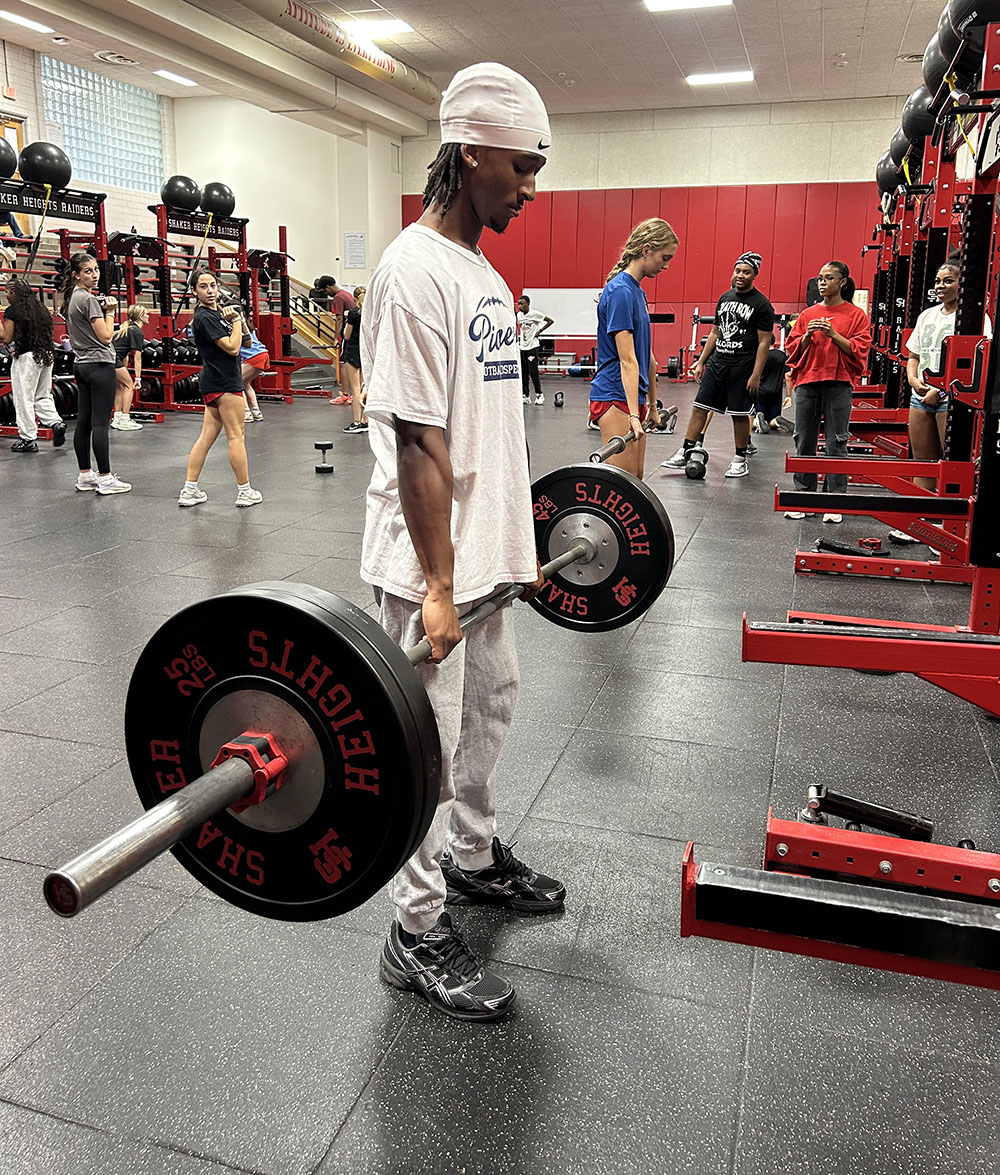In last month’s edition of The Shakerite, an anonymous 6th grader was quoted saying “Chinese is weird.” As fourth year Chinese students at the high school, we can verify this sentiment. Chinese is fascinating, challenging and rewarding – from Dim Sum at a Chinese restaurant to the Cleveland Asian Festival, Chinese people are very impressed when Shaker students are even able to offer a simple, “Ni Hao” (hello). Nevertheless, Chinese is above all weird.
Sixth graders complain of superfluous cultural activities and arts and crafts. Meeting only twice a month, they are unable to progress significantly in Chinese fluency. However, unlike the sixth graders, high school Chinese students meet daily. We are able to see the bigger picture, look past that “Chinese is weird,” and embrace China’s rich language, culture and history.
Although “Chinese is weird,” we should not avoid the subject. The whole point of education is to familiarize oneself with the unknown. Math, science and the arts all feature abstract and often weird ideas but remain an important part of our education. It is easy to dismiss Chinese as “weird” and less important than social studies. Yet Chinese is one of the most important subjects being taught in schools today. Knowing the 50 states may be useful, but learning Chinese opens the door to unparalleled opportunities and a global perspective.
First-year Chinese students spend the bulk of their time accustoming themselves with the Chinese language (pronunciation and tonality). Although the elementary Chinese classes do not meet nearly enough to learn very much Chinese, by the time they get to high school, they will be well prepared. By “singing songs about colorful lanterns,” the students are learning to recognize and pronounce Chinese, thus building an appreciation for the language.
Dr. Freeman suggests greater exposure will benefit the sixth graders. With only two classes a month, it is hard for elementary school students to do more than sing Chinese songs or watch YouTube videos. Chinese is a language that is acquired through daily practice and participation; without regular Chinese classes, there can be no regular curriculum or assessment. Nevertheless, Ohio Foreign Language Association (OFLA) and the National Chinese Language Conference (NCLC) acknowledge Shaker for its progressive Chinese program.
High school students—who study Chinese daily—enjoy celebrating the Mid-Autumn Festival and learning about Chinese culture, both in the classroom and after school in Chinese Culture Club. Although, we are still far from fluent, as Chinese IV students, our Chinese education has been enriched by cultural experiences. Having the ability to intonate “Happy New Year” in Chinese has already begun to build bridges and expand our horizons a primary reason for learning any language.
Shaker has given students many opportunities to visit China. On the band, Asian Studies, Chinese Bridge Program and upcoming choir and orchestra trips, Shaker students have impressed China with their talents and charisma. Travel to Beijing for a few weeks and it becomes incredibly apparent that China is becoming a global power, and understanding its language and culture is more vital today than ever before.
Chinese Curriculum Coordinator Ms. Li Luling (who was never contacted for an interview in last month’s Shakerite), simply smiles and says, “Chinese is not hard, otherwise, there would not be 1.3 billion people speaking it for 5,000 years, so it is definitely valuable to learn this language.”



